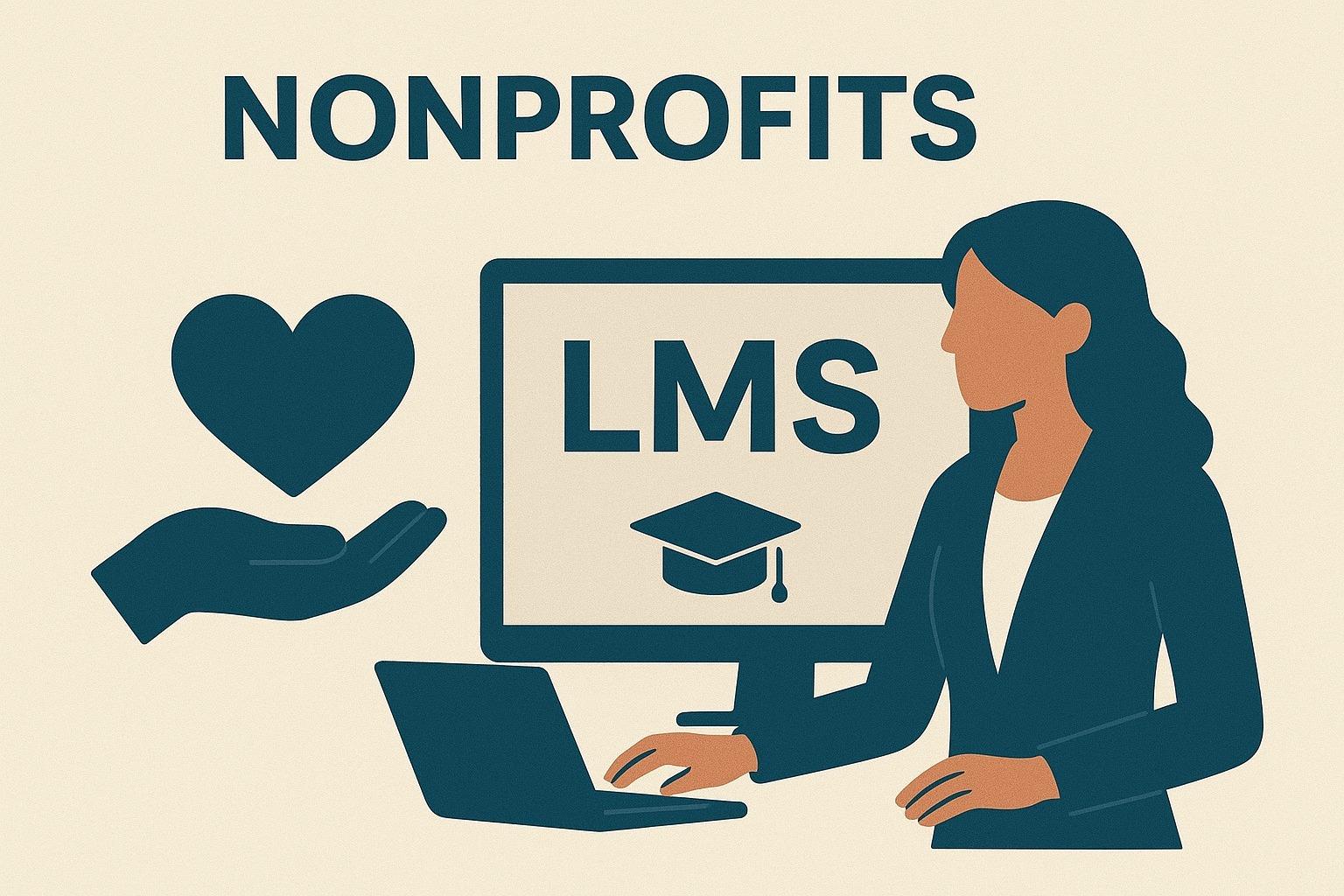Things To Consider When Scoping Out New Mortgage Leads
Have you ever wondered how successful mortgage brokerages consistently find and secure high-quality leads in the ever-competitive real estate market?
In a landscape where house prices are soaring and the battle for clients is fiercer than ever, the quest for effective lead generation has become a strategic imperative.
This guide will discover the five key considerations that can propel your startup brokerage to new heights. From understanding market dynamics to deploying cutting-edge performance marketing techniques, this blog post is your compass for navigating the complex terrain of modern mortgage lead generation.
1. Understand the Market Dynamics
The mortgage industry is a dynamic ecosystem influenced by many factors, and gaining a deep understanding of these market dynamics is paramount for any mortgage brokerage aiming for success. It's better to:
a. Analyze interest rates and economic indicators
Keep a vigilant eye on central bank policies, inflation rates, and employment trends, as these factors directly impact mortgage rates, influencing borrower decisions and market demand.
b. Regional variations and local real estate trends
Real estate is inherently local, and what holds true in one region may not apply to another. Dive into regional variations, examining local real estate trends, housing supply and demand, and demographic shifts.
c. Identify regulatory changes and compliance
Stay abreast of these regulatory shifts at the federal and state levels. Compliance safeguards your brokerage from legal issues and positions you as a trustworthy and responsible player in the market.
d. Monitor real estate market cycles
Real estate markets are cyclical, experiencing periods of growth, stabilization, and decline. Understanding these cycles helps predict market trends and adjust your strategies accordingly. For instance, focusing on tailored financing solutions can be a crucial differentiator in a seller's market, while emphasizing competitive interest rates may be more effective in a buyer's market.
In addition to market-driven strategies, investing in diversified employee training can provide a competitive edge. Encouraging employees to take a real estate pre-licensing course broadens their expertise beyond basic roles and equips them with niche certifications. This not only enhances their skill set but also positions your business to expand into new markets with confidence.
e. Identify emerging niche markets
Identifying and targeting specialized markets can provide lucrative opportunities. For instance, understanding the needs of first-time homebuyers, retirees, or investors can enable you to tailor your services to meet their requirements, gaining a competitive advantage in these specialized niches.
2. Develop Target Demographic Personas
Effective marketing in the mortgage industry hinges on understanding the personal and nuanced decision-making process of your target audience.
a. Detailed persona creation
Creating a target demographic persona involves more than just knowing your potential clients' age and income range. It's about developing detailed profiles encapsulating their lifestyles, aspirations, challenges, and preferred communication channels. This thorough approach ensures your marketing efforts are finely tuned to resonate with real people.
b. Tailoring messaging to personas
Each persona may have different priorities and concerns. For example, a first-time homebuyer might be more concerned with mortgage lender options, while a real estate investor may focus on interest rates and market trends. You increase your communication's relevance and impact by customizing your messaging to address each person's specific needs.
c. Refining marketing channels
If your target audience is more active on social media, allocate resources to attention-grabbing content and targeted ads on platforms like Instagram and Facebook. Consider sponsorships or participation if they're likely to attend local community events. Understanding where your personas "live" allows you to meet them where they are.
3. Analyze Prospect Motivation and Psychology
Mortgages are not merely financial transactions but deeply rooted in personal aspirations, dreams, and sometimes fears. That's why you should dig deeper into prospect motivation and psychology.
a. Emotional decision-making
Recognize your prospects' emotional journey and tailor your messaging to resonate with their feelings. Addressing these emotions establishes connection and trust, whether it's the excitement of a new chapter or the anxiety of a complex process.
b. Understanding pain points
Every potential homeowner has concerns, fears, and challenges associated with obtaining a mortgage. Through surveys, interviews, or analyzing industry trends, identify these pain points. Your messaging should acknowledge these concerns and provide solutions and reassurance, positioning your brokerage as a problem solver.
c. Aspirations and goals
What are your prospects aiming to achieve through homeownership? Integrating these aspirations into your messaging creates a narrative beyond a mortgage's transactional nature, whether it's building equity, providing stability for their family, or enjoying a comfortable retirement.
d. Building trust through education
The mortgage process can be intimidating for many. Address common misconceptions, explain terms in layman's terms, and guide prospects through the various stages of obtaining a mortgage. This positions your brokerage as a reliable source of information and support, fostering a sense of security in your potential clients.
e. Customizing communication styles
People have diverse communication styles and preferences. Some may prefer detailed, data-driven information, while others resonate more with storytelling and testimonials. Tailor your communication style to match your target demographic personas.
4. Craft Compelling Messaging
In the mortgage brokerage world, where trust and transparency are paramount, crafting compelling messaging is necessary. Your message is the narrative that introduces you to potential clients, distinguishing your brokerage from the sea of competitors. Here's how to weave a story that resonates:
a. Understand your unique value proposition
Identify and clearly articulate your Unique Value Proposition (UVP). What sets your brokerage apart? Whether it's personalized service, competitive rates, or a streamlined application process, your UVP forms the foundation of your messaging, so make it the focal point of your communication.
b. Address pain points and offer solutions
Whether it's the fear of hidden fees, confusion about the application process, or concerns about credit requirements, empathize with your audience and offer clear solutions. For example, "At XYZ Mortgages, we understand that navigating the mortgage landscape can be daunting. That's why we've simplified the process, ensuring transparent communication and no hidden fees. Your dream home is within reach, and we're here to guide you every step of the way."
c. Showcase success stories
Real-life success stories are powerful tools for building credibility. Share stories of clients who achieved their homeownership dreams with your assistance. Highlight their challenges, your solutions, and the joy of closing on their dream homes.
d. Emphasize transparency and education
Clearly communicate your processes, fees, and expectations. Consider creating informative content that demystifies the mortgage process, like blog posts, videos, or infographics. An educated client is a confident client.
e. Create a consistent tone and brand voice
Develop a consistent tone and brand voice that aligns with your brokerage's values and resonates with your target audience. Whether your tone is friendly, professional, or a mix of both, maintain it across all communication channels.
5. Implement Performance Marketing Techniques
The digital age has ushered in a new era of performance marketing, offering dynamic tools and techniques to connect with potential clients. You should follow these points to leverage performance marketing to its full potential:
a. Targeted online advertising
Platforms like Google Ads and social media channels provide sophisticated targeting options, letting you tailor your ads based on demographics, interests, and online behavior. This precision ensures your message is delivered to those most likely to convert into leads.
b. SEO (Search Engine Optimization)
Maximize your online visibility by meticulously optimizing your website and content, ensuring higher rankings in search engine results for keywords relevant to your business. A strong SEO strategy increases your online presence and enhances your credibility, as visitors tend to trust sites at the top of search results.
c. Content marketing
Create high-quality, informative content that addresses common mortgage-related questions and concerns. Blog posts, infographics, and video content attract organic traffic and position your brokerage as an industry authority. This, in turn, boosts your credibility and attracts leads seeking expert advice.
d. Email campaigns
Develop targeted email campaigns to engage with potential clients throughout their home-buying journey. Share valuable content, offer exclusive promotions, and personalize your communication to establish a connection from your email list. Automated email sequences can guide leads through the mortgage process, keeping your brokerage top-of-mind.
e. Analytics and data-driven decisions
Implement robust analytics tools to track your marketing channels' performance. While optimizing your marketing, it’s equally important to manage operational expenses. Financial tools like Brex can help streamline spending, and with the Brex discount available through NachoNacho, startups can reduce costs while scaling their mortgage lead-generation efforts. Analyze user behavior, conversion rates, and other crucial metrics to identify what's working and what needs improvement. Adopting a data-driven approach can enhance decision-making, optimize campaigns, and allocate resources for optimal results.
f. A/B testing
Experiment with different ad creatives, messaging, and landing pages to identify the most effective combinations. A/B testing allows you to continuously refine your approach, ensuring your campaigns evolve based on real-time insights and user feedback.
g. Conversion Rate Optimization (CRO)
Optimize your website and landing pages for conversions. A user-friendly, intuitive interface and compelling calls-to-action can significantly impact your conversion rates. Regularly analyze user behavior on your site, identify bottlenecks, and make strategic adjustments to streamline the conversion process.
h. Retargeting
Don't let potential leads slip through the cracks. Implement retargeting strategies to reconnect with anyone who didn't convert initially. Display targeted ads to these prospects across various platforms, reminding them of your services and encouraging them to revisit your website and take the next step.
Conclusion
By understanding market dynamics, developing target demographic personas, analysing prospect motivation, crafting compelling messaging, and implementing performance marketing techniques, startup brokerages can effectively navigate the complexities of the modern mortgage lead landscape and ensure success in a competitive market.










